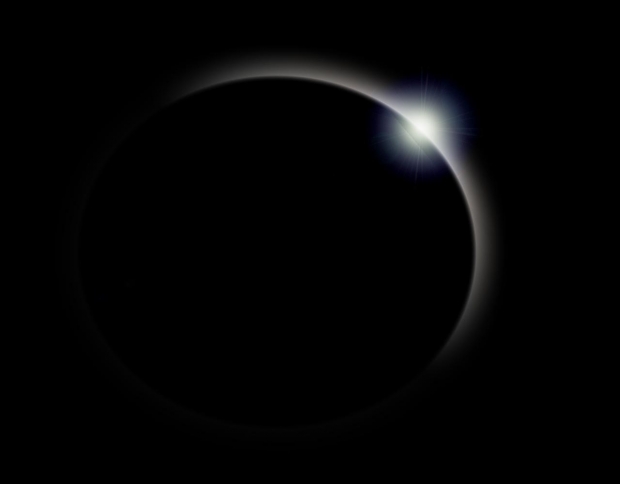
Eclipse Footage Moon Sun
Earth-like planets are common – meaning the universe could be swarming with life, according to new research.
An analysis of rocks orbiting faraway stars found they are remarkably similar to those that formed our own planet.
It means many ‘exoplanets’ outside the solar system will have ocean fuelling plate tectonics that are key to the evolution of organisms.
The findings, published in the journal Science, will lift alien hunters searching for extra terrestrial life.
Study co-author Professor Edward Young, of the University of California, Los Angeles (UCLA), said: “We have just raised the probability many rocky planets are like the Earth, and there is a very large number of rocky planets in the universe.”
His NASA funded team looked at asteroids circling ancient stars, or ‘white dwarfs’, in more detail than ever before. The chemical composition was virtually the same as Earth’s rocks.
Prof Young said: “We are studying geochemistry in rocks from other stars, which is almost unheard of.”
A white dwarf is the dense, burned out remains of a star that has run out of nuclear fuel. It sheds its outer layer – producing a strong gravitational pull.
This causes heavy elements like carbon, oxygen and nitrogen to sink rapidly into their interiors – meaning they cannot be detected by telescopes.
Co author Prof Hilke Schlichting, an astrophysicist at UCLA, said: “Learning the composition of planets outside our solar system is very difficult.
“We used the only method possible – a method we pioneered – to determine the geochemistry of rocks outside of the solar system.”
The finding was based on data on six white dwarfs between 200 and 665 light years from Earth, mainly collected by the W M Keck Observatory in Hawaii.
Lead author Alexandra Doyle, a UCLA graduate student, said: “By observing these white dwarfs and the elements present in their atmosphere, we are observing the elements that are in the body that orbited the white dwarf.”
The large gravitational pull shreds the asteroid or planet fragment, and the material falls onto it.
She said: “Observing a white dwarf is like doing an autopsy on the contents of what it has gobbled in its solar system.
“If I were to just look at a white dwarf star, I would expect to see hydrogen and helium.
“But in these data, I also see other materials, such as silicon, magnesium, carbon and oxygen – material that accreted onto the white dwarfs from bodies that were orbiting them.”
Rocks from the Earth, Mars and elsewhere in our solar system contain a surprisingly high level of oxidised iron – and so did those around the white dwarfs.
This will have a significant effect on an exoplanet’s atmosphere – meaning many will have the potential to harbour life.
Prof Schlichting said: “If extraterrestrial rocks have a similar quantity of oxidation as the Earth has, then you can conclude the planet has similar plate tectonics and similar potential for magnetic fields as the Earth, which are widely believed to be key ingredients for life.
“This study is a leap forward in being able to make these inferences for bodies outside our own solar system and indicates it’s very likely there are truly Earth analogs.”
Prof Young added: “All the chemistry that happens on the surface of the Earth can ultimately be traced back to the oxidation state of the planet.
“The fact we have oceans and all the ingredients necessary for life can be traced back to the planet being oxidised as it is. The rocks control the chemistry.”
Until now, the chemistry of rocky ‘exoplanets’ has been a mystery. Now we know they are “very similar”, said Ms Doyle.
She went on: “They are Earth and Mars like in terms of their oxidised iron. We are finding that rocks are rocks everywhere, with very similar geophysics and geochemistry.”
Earlier this year a study by another US team suggested there could be up to 10 billion warm and cozy Earth-like planets just in the Milky Way, alone. There could be at least 200 billion galaxies.
Prof Young said: “It has always been a mystery why the rocks in our solar system are so oxidised. It is not what you expect.
“A question was whether this would also be true around other stars. Our study says yes. That bodes really well for looking for Earth-like planets in the universe.”
The researchers used algorithms to identify six elements commonly found in rocks – iron, oxygen, silicon, magnesium, calcium and aluminum.
Ms Doyle added: “We can determine the geochemistry of these rocks mathematically and compare these calculations with rocks that we do have from Earth and Mars.
“Understanding the rocks is crucial because they reveal the geochemistry and geophysics of the planet.”